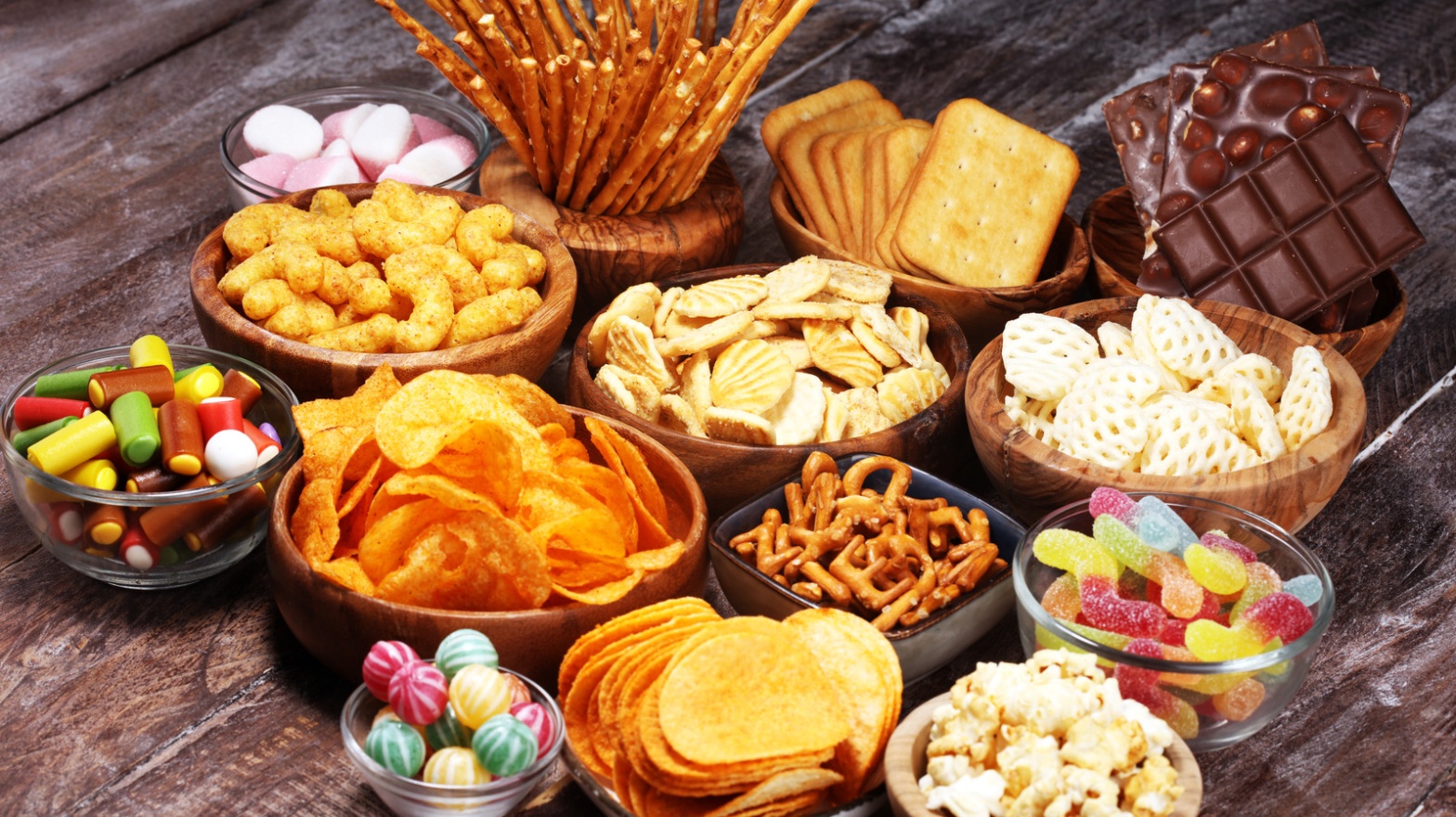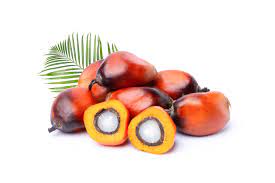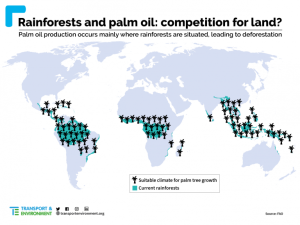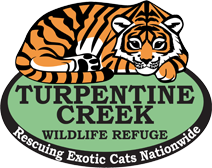
Have you heard of an ingredient called palm oil? It is a very common ingredient in packaged foods here in the United States. In 2022, Americans consumed 1.7 million tons of it! So you might be wondering, what is palm oil, and why is it so commonly used?
What is Palm Oil?
When fruits are harvested from oil palm trees, there are two types of oil that can be created. The first, palm oil, is created from the flesh of palm fruit. The other, palm kernel oil, is made from the seed located inside the fruit. Both palm oil and palm kernel oil are edible, but the main difference between the two is the saturated fat content: 80% in palm kernel oil vs 50% in palm oil.

There are many uses for palm oil in processed foods, which explains its prevalence here in the United States. In fact, it’s found in nearly half of all packaged food products! Palm oil is makes products like peanut butter and canned frosting spreadable. It also can extend the shelf life of crunchy foods like cereal and pretzels. In addition to all of these uses, palm oil is a relatively cheap ingredient, meaning companies will use it in their products to increase profit margins.
Aside from this, palm oil is a high-yield product. Oil palm trees yield more oil per acre than any other crop, meaning it requires less land to create palm oil than other vegetable oils. Roughly 40% of vegetable oil usage in the world is palm oil, but it uses only 6% of the total vegetable oil farmland.
Being a high-yield crop with many commercial uses means that palm oil has skyrocketed in popularity, creating a need for more palm plants to be grown.
Why Does This Matter?
Take a quick look at this map showing where palm oil can grow, and where rainforests are found

Do you notice the overlap?
Unfortunately, palm oil grows best in the areas that rainforests are found. 84% of the world’s palm oil is produced in Indonesia and Malaysia, and Indonesia also has the world’s third largest area of rainforests. Due to growing demands for palm oil, deforestation does occur in order to create more room for palm oil plantations.
What Can I Do?
The good news is that you can make a difference for these wild tigers. First, you can download the Palm Oil Scan app through the Cheyenne Mountain Zoo. If you use this app to scan the barcode of a product containing palm oil, it will tell you if the palm oil was sustainably sourced or not. This is a very simple way to make a huge difference for wildlife! If you want to make a larger change, you can start switching over to products without palm oil.
Unfortunately, avoiding palm oil can be a difficult task. Palm oil can be found in almost 50% of all manufactured food products in the United States. There are hundreds of different names palm oil can go by on an ingredient list. If you see a long ingredient name you don’t recognize, it could contain palm oil! A few different names include:
- Glyceryl
- Stearic Acid
- Vegetable Oil
- Sodium Lauryl Sulfate
- Oleic Acid
- Tocopherols (Vitamin E)
- Fatty Acids
- Emulsifying Wax
- Cocoa Butter Substitute
- Cetyl Alcohol
- Beta Carotene
Quick tip: If you see a difficult ingredient name containing “palm”, that means it is made with palm oil. Some examples are Sodium Palmate and Palmitoyl Acid.
Palm Oil Free Snacks
Luckily, there are plenty of snack options available that don’t contain palm oil! Keep reading on to find out some simple swaps you can make to reduce your palm oil consumption!
Chips, Pretzels & Popcorn
- Rold Gold Pretzels
- Braided Honey Wheat, Rods, Sticks, Original Tiny Twists, Cheddar Tiny Twists, Honey Mustard Tiny Twists
- Crunchy Cheetos
- Snack Factory Pretzel Crisps
- Everything, Garlic Parmesan, Honey Mustard & Onion, Original, Sesame
- Lay’s Potato Chips
- Classic, Classic Kettle Cooked, Salt & Vinegar
- Goldfish Crackers
- Pirate’s Booty Aged White Cheddar Puffs
- Sensible Portions
- Sea Salt Veggie Straws
- Sea Salt Veggie Chips
- Lesser Evil Popcorn
- Himalayan Pink Salt, Oh My Ghee!, Avocado-Licious, Himalayan Sweetness, Fiery Hot!, Lemonade, Watermelon Hibiscus, Peach Mango
Bars + Fruit Snacks
- Nature Valley Crunchy Granola Bars
- Apple Crisp, Maple Brown Sugar, Oats ‘N Dark Chocolate, Oats ‘N Honey
- Larabars
- All Flavors
- Go Go Squeez Organic Applesauce Pouches
- All Flavors
Desserts
- Ben & Jerry’s Ice Cream
- All Flavors
- Pepperidge Farm Cookies
- Chessman, Lemon, Milano Dark Chocolate, Milano Sweet Toffee, Sugar
Choosing these palm-oil free snacks are an easy way to help wild tigers out from the comfort of your own home!
